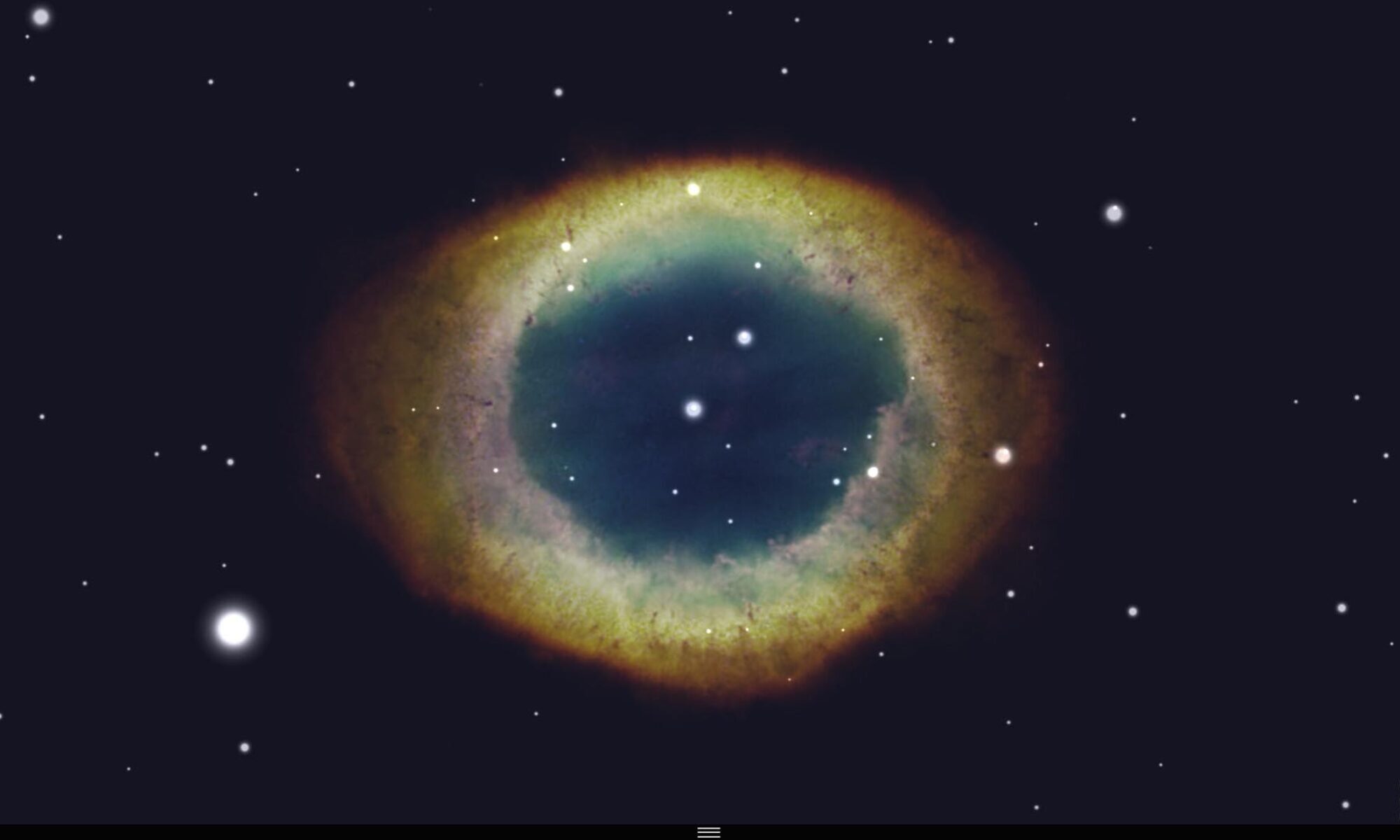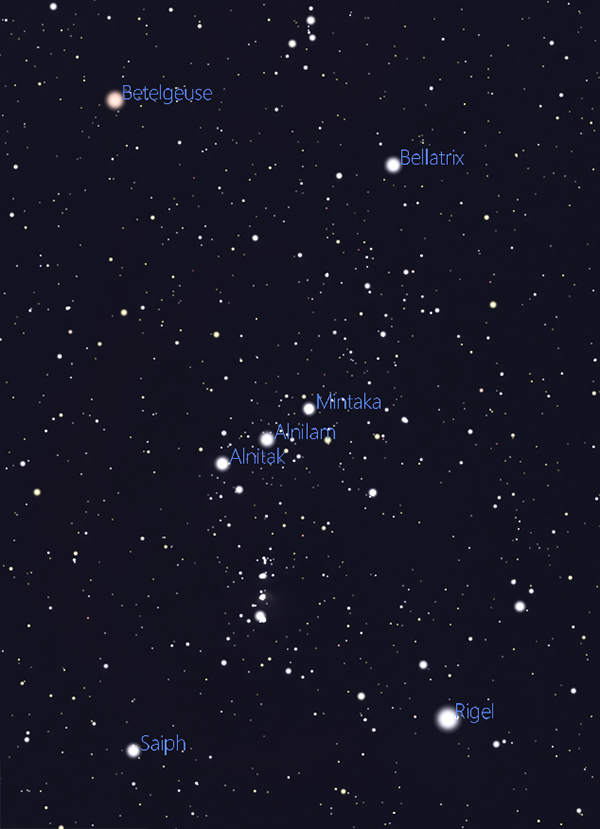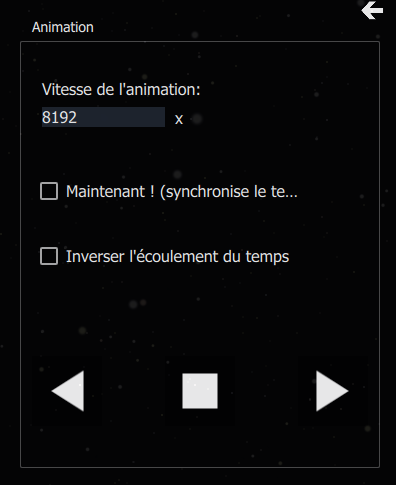Have you noticed that Betelgeuse1, the star forming the right shoulder of the legendary hunter Orion, has recently lost some of its brightness?
We know that Betelgeuse is the closest candidate for a future supernova explosion in our galaxy. For this reason, it has been observed for about fifty years in the hope of learning more about the processes at play during the agony of stars. Although several scenarios can explain the abnormal decline in its brightness, we obviously cannot rule out the possibility that it is, perhaps, on the verge of exploding.
With each launch of WinStars, the program will consult AAVSO data to take into account the evolution of Betelgeuse’s magnitude. We can already see that the star is hardly brighter than its neighbor Bellatrix in the constellation of Orion.
The 3.0.104 version also includes a slightly redesigned “Animations” dialog box. The slider has been replaced with a simple field in which the user can enter a multiplicative factor to speed up or slow down the normal flow of time.
![]() In addition, a new icon appears in the menu on the right side of the screen. It replaces the “point in a direction” icon, which didn’t have much use and wasn’t implemented yet. This new icon allows you to reverse the course of time…
In addition, a new icon appears in the menu on the right side of the screen. It replaces the “point in a direction” icon, which didn’t have much use and wasn’t implemented yet. This new icon allows you to reverse the course of time…
1. The traditional name Betelgeuse is derived from either the Arabic إبط الجوزاء Ibṭ al-Jauzā’, meaning “the armpit of Orion”, or يد الجوزاء Yad al-Jauzā’ “the hand of Orion” (Sources: wikipedia.org)






